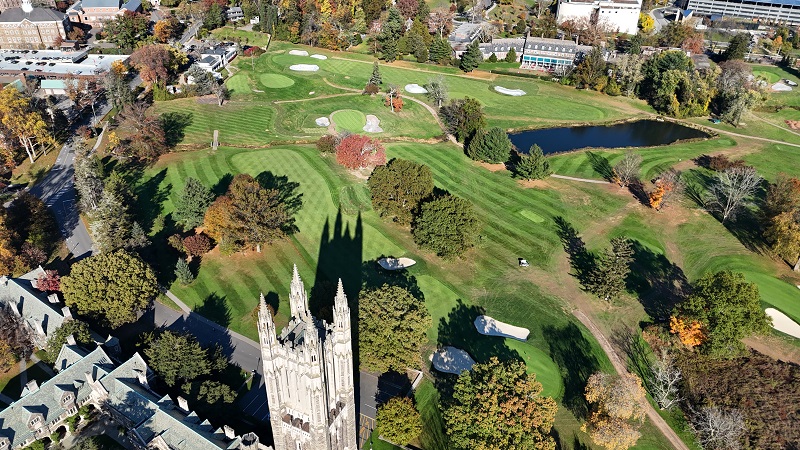SPECIALTY SKIN CARE: “We are a results-driven aesthetic atelier specializing in facial sculpting massage, high tech treatments, and a curated selection of top skincare and wellness brands.” Jena Salzano, esthetician and owner of Anej Skin Studio, is enthusiastic about sharing her knowledge and experience with her clients.
By Jean Stratton
“The world is too much with us: late and soon, Getting and spending, we lay waste our powers;”
—William Wordsworth
William Wordsworth wrote these words long ago, and perhaps they are even more relevant today. There seems to be little time away from the onslaught of the world around us, and the stress it induces. Driven by the internet and social media, time to reflect, relax, renew or refresh is scarce.
Jena Salzano hopes to help guide her clients through these times of uncertainty. While Anej Skin Studio focuses on helping treat a variety of skin conditions, owner Jena strongly believes in a holistic approach, one that can help relieve anxiety and bring a time of relaxation and even serenity to clients while they experience a skin procedure. more






